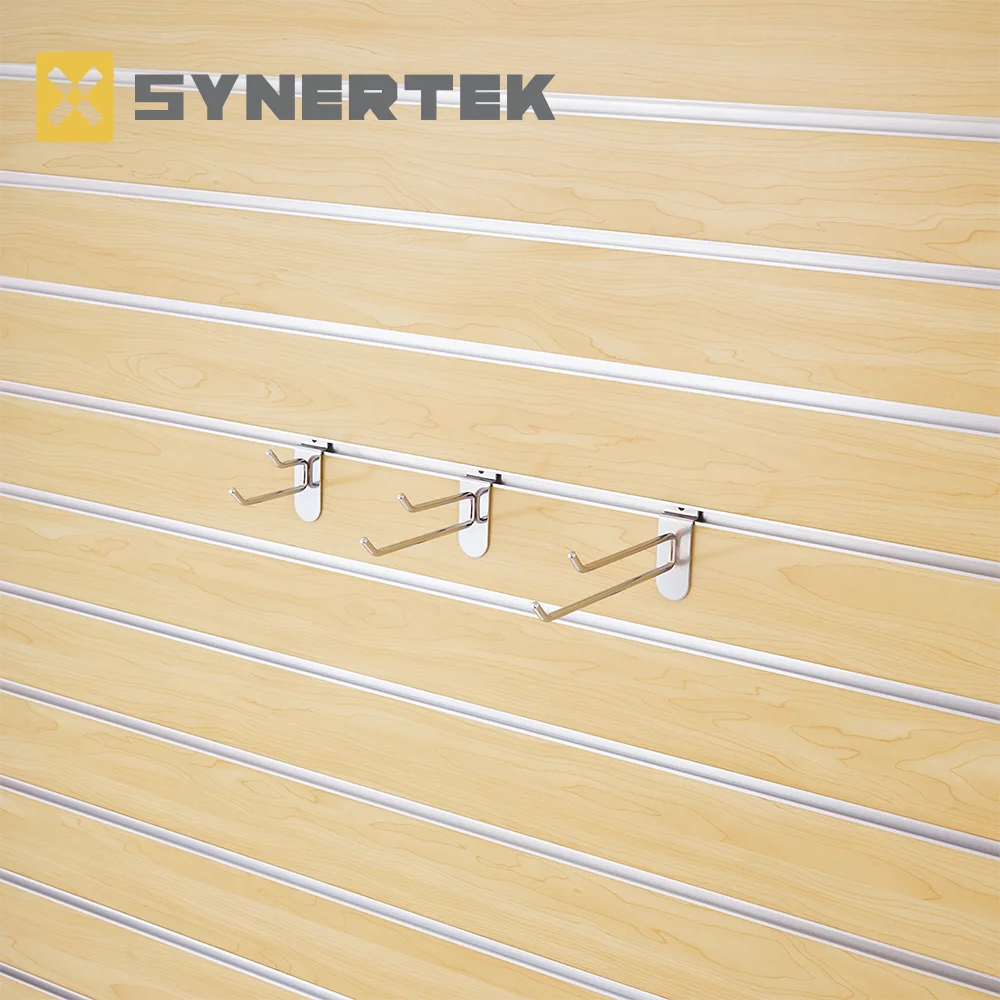The ceiling above a shower is prone to various forms of damage due to the constant exposure to moisture, steam, and condensation. To ensure its longevity and prevent potential issues such as mold growth, water damage, and structural deterioration, it is crucial to implement effective protective measures. In this comprehensive guide, we will explore a range of strategies to safeguard your shower ceiling, providing you with practical and expert advice.
- Proper Ventilation:
One of the fundamental aspects of protecting a shower ceiling is ensuring proper ventilation. Adequate airflow helps to minimize the accumulation of moisture, reducing the risk of damage. Install a high-quality exhaust fan that is specifically designed for bathrooms, capable of efficiently removing excess humidity. Regularly clean and maintain the fan to ensure optimal performance. - Waterproofing:
To create a robust barrier against water infiltration, it is essential to apply a waterproofing membrane to the shower ceiling. This membrane acts as a protective layer, preventing moisture from seeping into the ceiling structure. Choose a reliable waterproofing product that is suitable for your specific ceiling material, such as a liquid-applied membrane or a sheet membrane. Follow the manufacturer's instructions carefully during the application process to ensure maximum effectiveness. - Proper Slope and Drainage:
Ensuring proper slope and drainage within the shower area is crucial for preventing water accumulation on the ceiling. A well-designed shower floor with a slight slope towards the drain allows water to flow efficiently, minimizing the chances of water reaching the ceiling. Consult with a professional contractor or plumber to ensure that your shower floor is correctly constructed to facilitate proper drainage. - Regular Maintenance:
Regular maintenance plays a vital role in protecting your shower ceiling. Inspect the ceiling periodically for any signs of damage, such as discoloration, peeling paint, or cracks. Promptly address any issues to prevent further deterioration. Regularly clean the ceiling using mild, non-abrasive cleaners to remove any accumulated grime or mold. Avoid using harsh chemicals that may damage the ceiling material. - Quality Materials:
Choosing high-quality materials for your shower ceiling is essential for long-term protection. Opt for moisture-resistant ceiling materials, such as moisture-resistant drywall or cement board, which are specifically designed to withstand humid environments. These materials are less prone to water damage and mold growth, ensuring the durability of your shower ceiling. - Proper Insulation:
Proper insulation is often overlooked but plays a crucial role in protecting the shower ceiling. Insulating the ceiling helps to regulate temperature and prevent condensation buildup, reducing the risk of moisture-related issues. Install insulation materials, such as fiberglass or foam insulation, in the ceiling cavity to create a thermal barrier.
Conclusion:
Protecting the ceiling above a shower requires a combination of preventive measures, regular maintenance, and the use of quality materials. By implementing proper ventilation, waterproofing, drainage, and insulation, you can significantly reduce the risk of damage and ensure the longevity of your shower ceiling. Remember to conduct regular inspections and address any issues promptly to maintain a safe and functional shower environment.





+ There are no comments
Add yours